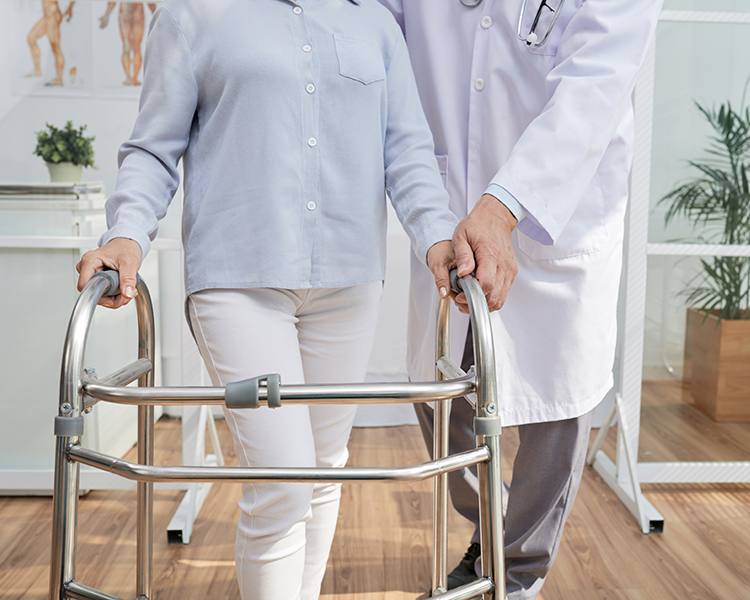Artificial intelligence model to identify elderly patients with locomotive syndrome: A cross-section study
https://doi.org/10.1016/j.jos.2022.01.010
overview
Identifying elderly individuals with locomotive syndrome is important to prevent disability in this population. Although screening tools for locomotive syndrome are available, these require time commitment and are limited by an individual's ability to complete questionnaires independently. To improve on this limitation, we developed a screening tool that uses information on the distribution of pressure on the plantar surface of the foot with an artificial intelligence (AI)-based decision system to identify patients with locomotor syndrome. Herein, we describe our AI-based system and evaluate its performance.
Research Methods
This was a cross-sectional study of 409 participants (mean age, 73.5 years). A foot scan pressure system was used to record the planter pressure distribution during gait. In the image processing step, we developed a convolutional neural network (CNN) to return the logit of the probability of locomotive syndrome based on foot pressure images. In the logistic regression step of the AI model, we estimated the predictor coefficients, including age, sex, height, weight, and the output of the CNN, based on foot pressure images.
result
The AI model improved the identification of locomotive syndrome among elderly individuals compared to clinical data, with an area under curve of 0.84 (95% confidence interval, 0.79–0.88) for the AI model compared to 0.80 (95% confidence interval, 0.75–0.85) for the clinical model. Including the footprint force distribution image significantly improved the prediction algorithm (the net reclassification improvement was 0.675 [95% confidence interval, 0.45–0.90] P < 0.01; the integrated discrimination improvement was 0.059 [95% confidence interval, 0.039–0.088] P < 0.01)
conclusion
The AI system, which includes force distribution over the plantar surface of the foot during gait, is an effective tool to screen for locomotive syndrome.
Corporate Initiatives
Rehabilitation support robot developed by Toyota Motor Corporation
The rehabilitation robot support "Wellwalk WW-2000" developed by Toyota Motor Corporation uses Next System's AI skeletal detection engine "VisionPose". Wellwalk WW-2000 is a robot that supports walking rehabilitation for patients who have suffered lower limb paralysis due to stroke or other causes. This robot is equipped with a "gait analysis guide function" that temporarily detects abnormal gait in patients and a "game function" that promotes rehabilitation. To realize these functions, "VisionPose", which is capable of markerless and highly accurate skeletal detection, was adopted. With the introduction of "VisionPose", it is now possible to instantly and highly accurately detect the patient's skeletal information even when the robot is worn. This has made it possible to provide a gait analysis guide function and game function that are practical in clinical settings. In this way, the collaboration between Toyota and Next System has realized advanced rehabilitation support using AI technology.
https://www.next-system.com/visionpose/use/medical
https://www.next-system.com/visionpose/recent-case/ww-2000


